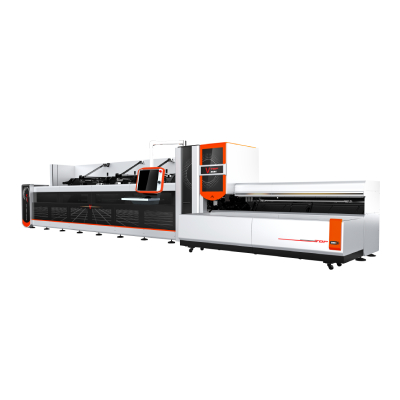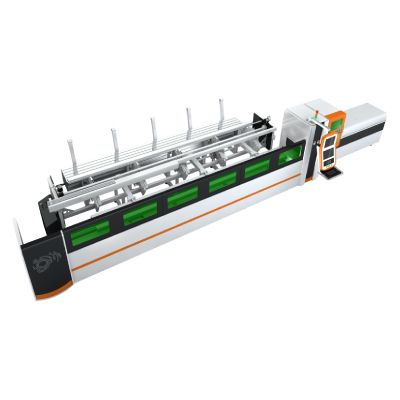Introduction

Exploring the Advances in Technology and Efficiency of Flatbed Laser Cutting Machines for Modern Industrial Applications
In the rapidly evolving landscape of manufacturing and industrial processes, the demand for precision and efficiency is more critical than ever. One of the standout innovations that has profoundly impacted the industry is the Flatbed Laser Cutting Machine. Renowned for its ability to process various materials with high accuracy and speed, this technology has revolutionized how businesses approach cutting, engraving, and shaping materials across a plethora of sectors, including automotive, aerospace, electronics, and signage.

Exploring the Advances in Technology and Efficiency of Flatbed Laser Cutting Machines for Modern Industrial Applications
Understanding Flatbed Laser Cutting Machines
At its core, a Flatbed Laser Cutting Machine utilizes a high-powered laser beam to slice through materials with incredible precision. The machine operates by directing the laser beam onto the material’s surface, which melts, burns, or vaporizes the material, effectively cutting through it. The flatbed design refers to the machine’s working area, which typically consists of a flat surface allowing for the placement of larger sheets of material.
Flatbed laser cutting systems can handle an extensive range of materials, such as wood, metal, acrylic, glass, and fabric. They are particularly favored for their versatility and ability to cut intricate shapes, which would be challenging to achieve through traditional cutting methods.
Key Advantages of Flatbed Laser Cutting Machines

Exploring the Advances in Technology and Efficiency of Flatbed Laser Cutting Machines for Modern Industrial Applications
1. **Precision Cutting**: One of the main advantages of flatbed laser cutting technology is its unparalleled precision. The laser beam’s focused energy allows for intricate cutting and engraving with tolerances as fine as 0.1 mm, ensuring that even complex designs can be produced with consistent quality.
2. **Speed and Efficiency**: Compared to conventional cutting techniques, laser cutting significantly reduces processing time. The ability to cut multiple layers simultaneously and execute complex contours without needing to change tools contributes to overall time savings and increased productivity.
3. **Material Versatility**: Flatbed laser cutting machines can process a wide variety of materials. For instance, in the automotive sector, they are used to cut metallic components, while in fashion and textile industries, they can be employed for detailed fabric cuts. This versatility makes them invaluable for businesses that require multi-material processing.
4. **Minimal Waste**: Laser cutting is known for its efficiency in material use. Due to the narrow kerf width (the width of the cut), there is minimal waste generated during the cutting process. This not only conserves materials but also helps in reducing production costs.
5. **Automation and Ease of Use**: Modern flatbed laser cutting machines often come equipped with intelligent software that simplifies programming and operation. Many systems allow for automatic nesting, optimizing material usage, and improving the overall convenience for operators.
Applications of Flatbed Laser Cutting Machines
The applications of flatbed laser cutting technology are vast and varied. In the aerospace industry, precision cuts are critical for structural components, where even minor deviations can compromise safety. In the automotive sector, laser cutting machines are used for producing custom parts and components with high accuracy.
Moreover, the signage industry benefits from the ability to cut intricate logos and letters out of various materials, such as acrylic or metal, creating stunning visual displays. In the textile industry, flatbed laser cutting machines have become indispensable for creating patterns and designs on fabrics, allowing for faster production cycles and enhanced creativity.
Conclusion
The evolution of technology in flatbed laser cutting machines has not only enhanced productivity and precision but also provided businesses with the means to innovate and differentiate themselves in competitive markets. As industries continue to embrace automation and pursuit of efficiency, the significance of flatbed laser cutting machines is bound to grow.
Investing in such technology could be a game-changer for companies looking to improve their operational workflows while maintaining high standards of quality. As we look toward the future, it is evident that flatbed laser cutting technology will play a pivotal role in shaping the manufacturing practices of tomorrow, keeping pace with demands for sustainability, efficiency, and precision. Steel Circle Laser Cutting Machine



